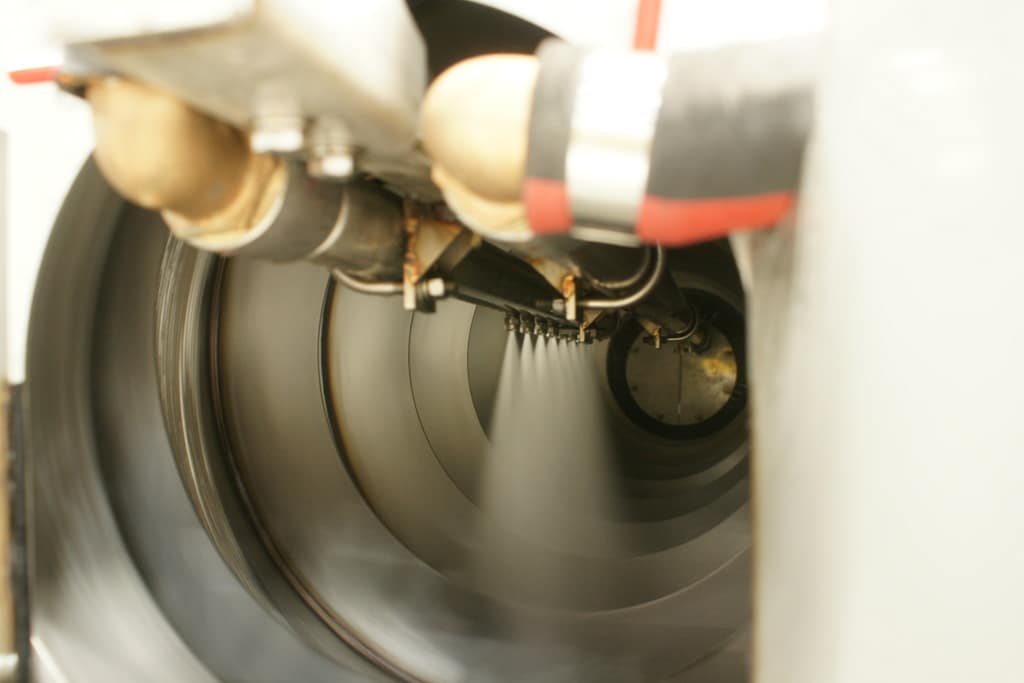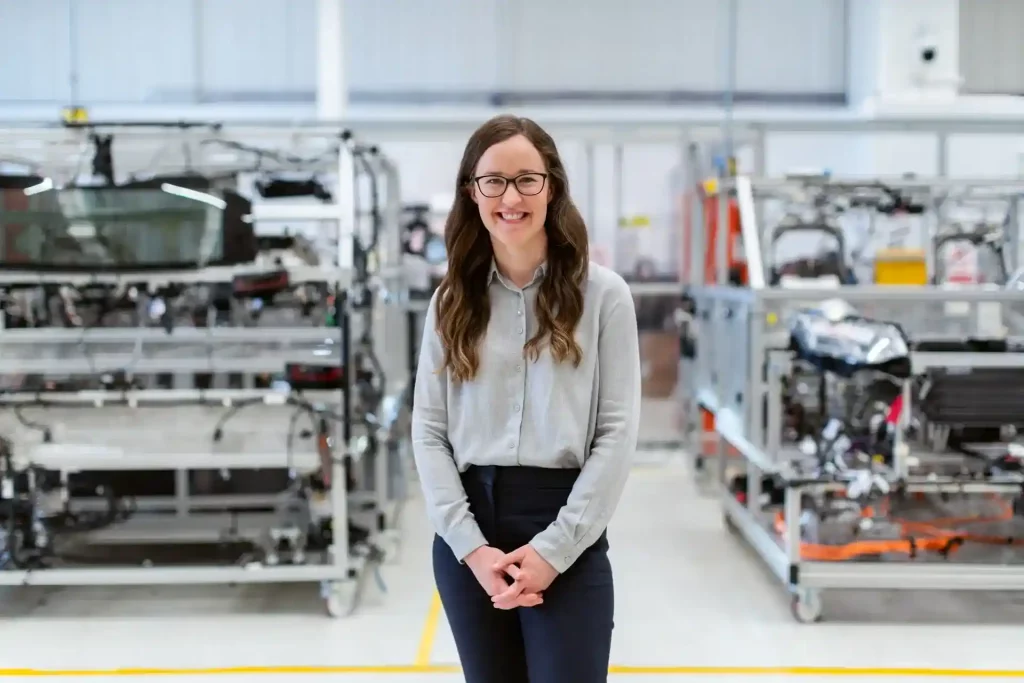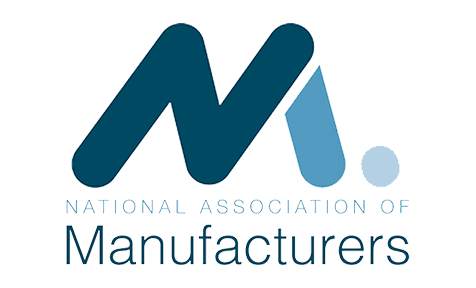What is the CEPA?
In recent years, the global community has become increasingly aware of the urgent need to address environmental issues, particularly concerning plastic pollution. Canada, in its commitment to environmental stewardship, has taken significant steps to mitigate the impacts of plastic waste through legislative measures like the Canadian Environmental Protection Act 1999 (CEPA).
CEPA, a cornerstone of Canada’s environmental legislation, empowers the government to take action to protect human health and the environment from the risks posed by toxic substances and pollutants. In a significant move towards sustainability, CEPA is now being leveraged to introduce minimum recycled content requirements for certain plastic manufactured items.
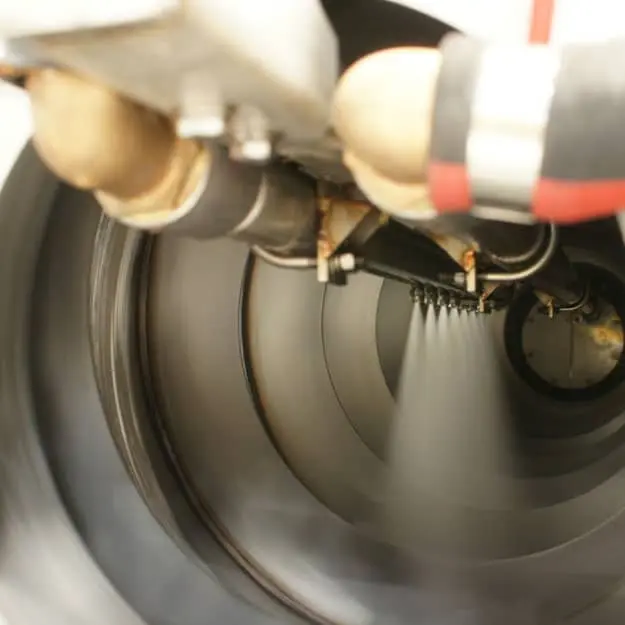
Plastic pollution has reached alarming levels worldwide, with devastating consequences for ecosystems, wildlife, and human health. Single-use plastics, in particular, have garnered attention for their detrimental environmental effects, from littering beaches and waterways to contaminating soil and entering the food chain. Recognizing the urgency of the situation, Canada is taking proactive steps to reduce its plastic footprint and promote a circular economy through CEPA.
Incorporating minimum recycled content requirements into CEPA represents a pivotal moment in Canada’s environmental policy. By mandating that certain plastic products contain a minimum percentage of recycled material, the government aims to incentivize the use of recycled plastics, stimulate demand for recycled materials, and reduce the reliance on new plastics.
The benefits of incorporating recycled content requirements into CEPA are vast. First, it reduces the demand for new plastic production, conserving finite natural resources and reducing greenhouse gas emissions associated with plastic manufacturing. Second, it incentivizes investment in recycling infrastructure and technologies, fostering innovation and job creation in the green economy. Third, it helps alleviate the burden on waste management systems by diverting plastic waste from landfills and incinerators.
Moreover, setting minimum recycled content requirements sends a clear signal to the industry that sustainability is non-negotiable. It encourages producers to adopt eco-friendly practices, prioritize using recycled materials in their manufacturing processes, and embrace product design that facilitates recyclability and resource efficiency.
Canada’s integration of recycled content requirements into CEPA sets a precedent for other nations to follow suit. This is where part washing comes into play. Part washers enhance recycled material utilization. Integrating recycled materials into manufacturing has become a pivotal strategy in the global effort to combat plastic pollution and promote environmental sustainability. As industries strive to reduce their carbon footprint and minimize waste, the role of part washers in supporting this initiative cannot be overstated.
What are the Challenges of Contaminants in Recycled Materials?
One of the primary challenges associated with incorporating recycled materials into manufacturing processes is the presence of contaminants. Whether derived from post-consumer plastic waste or industrial scrap, recycled materials often require thorough cleaning to remove dirt, oils, residues, and other pollutants. Failure to adequately clean recycled materials can compromise product quality, performance, and safety, posing significant challenges for manufacturers seeking to meet stringent standards.
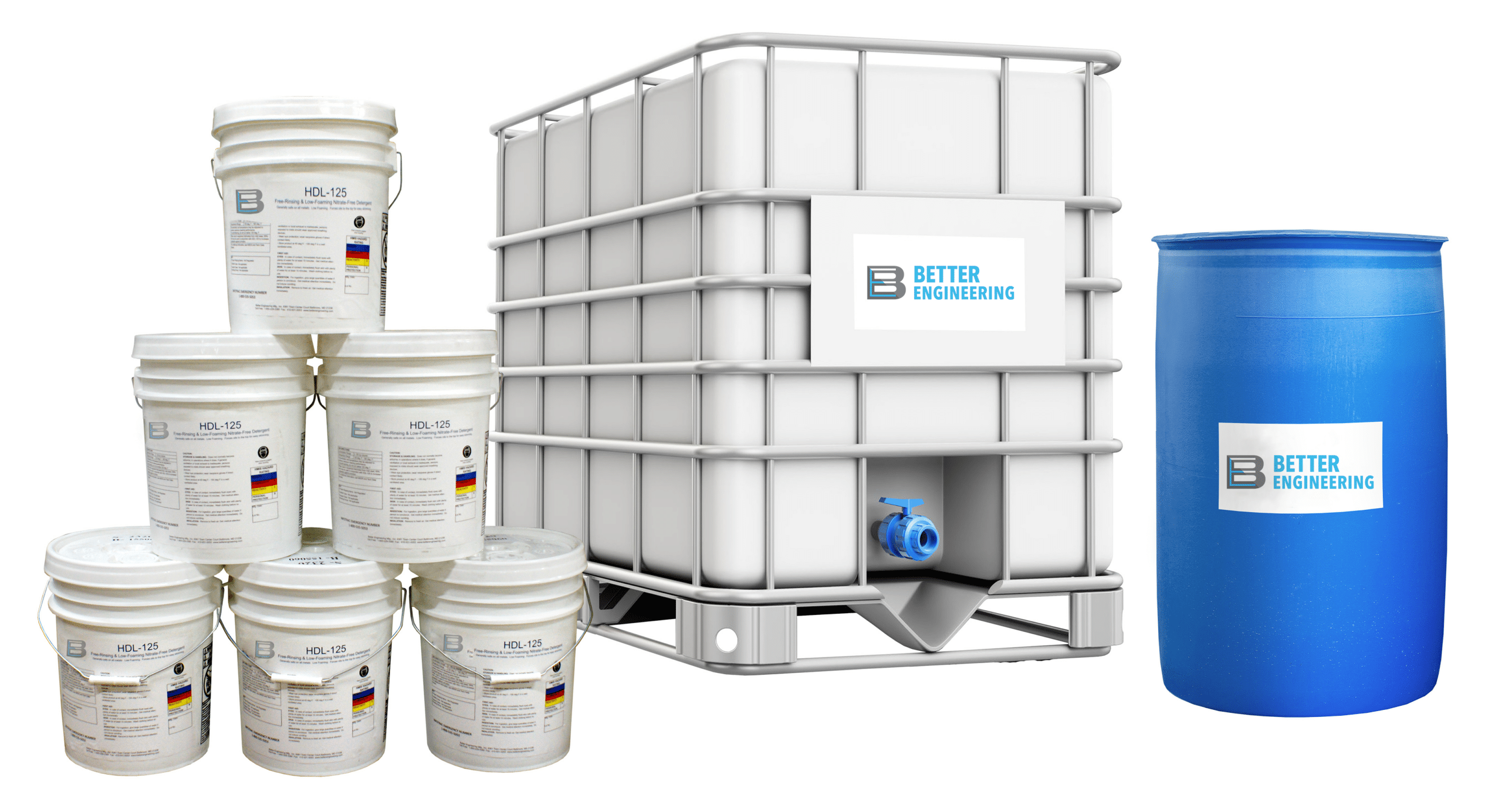
Part washers are critical in preparing recycled materials for reuse in manufacturing applications. These specialized cleaning systems are designed to effectively remove contaminants from various components, parts, and materials, including plastics, metals, ceramics, and composites. Using a combination of high-pressure spray jets, detergents, immersion, and agitation, part washers can achieve thorough and consistent cleaning results, ensuring that recycled materials meet the cleanliness requirements of downstream processes.
What are the Advantages of Using Part Washers for Recycled Materials?
Utilizing part washers to prepare recycled materials for reuse has various advantages, such as:
- Enhanced Quality Assurance: Part washers help manufacturers maintain strict quality standards by ensuring that recycled materials are free from contaminants that could compromise product integrity. They produce high-quality finished goods by consistently delivering clean, contaminant and debris-free materials.
- Improved Sustainability: By facilitating the reuse of recycled materials, part washers support sustainability initiatives to reduce reliance on new or minimizing waste generation and mitigate environmental impacts. Incorporating recycled materials into manufacturing processes can significantly reduce their carbon footprint and contribute to a more circular and sustainable economy while helping business reach their sustainability and lean manufacturing goals.
- Cost Savings: Utilizing recycled materials can offer significant cost savings compared to virgin materials, as recycled materials are often less expensive to acquire and process. By leveraging part washers to clean and prepare recycled materials in-house, manufacturers can further reduce costs associated with outsourcing cleaning services or purchasing new materials, thereby improving their bottom line.
- Compliance with Regulations: In industries subject to regulatory oversight, such as automotive, aerospace, and medical device manufacturing, adherence to cleanliness standards is essential for compliance with regulatory requirements and customer specifications. Part washers provide manufacturers with a reliable and efficient means of achieving and maintaining compliance, safeguarding against potential penalties, rework, or product recalls.
What Part washers can be utilized to clean recycled materials?
Recycling is pivotal for conserving resources and reducing environmental impact. However, the quality of recycled materials is crucial for successful integration into manufacturing processes. Advanced part washing systems are vital in cleaning and preparing recycled materials effectively.
Types of Part Washing Systems for Cleaning Recycled Materials:
Drum Washers:
Drum washers are versatile systems designed to clean bulk quantities of recycled materials. These systems use rotational movement to tumble materials inside a drum filled with cleaning solution. This tumbling action ensures thorough cleaning as the materials come into contact with the cleaning solution from all angles. Drum washers are particularly effective for cleaning larger pieces or batches of materials such as plastics, metals, and composites.
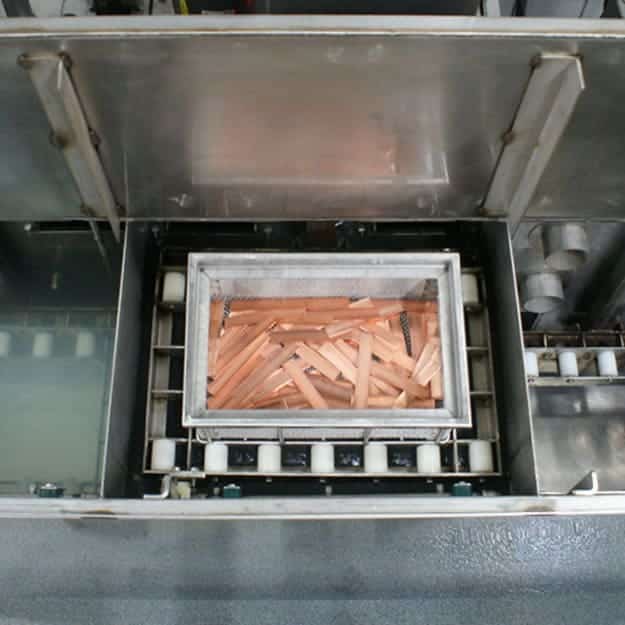
Ultrasonic Cleaners:
Ultrasonic cleaning systems utilize ultrasonic waves to create microscopic bubbles in a cleaning solution. These bubbles implode upon contact with the material’s surface, effectively removing contaminants without causing damage. Ultrasonic cleaners are ideal for delicate materials and intricate parts that require gentle yet thorough cleaning.
Immersion Washers:
Immersion washers submerge materials in a bath of cleaning solution to achieve thorough cleaning. This method is suitable for smaller parts or materials with complex shapes that may not be effectively cleaned using other methods. Immersion washers can be customized with agitation mechanisms to enhance cleaning efficiency.
Passivation Systems:
Passivation systems are crucial for metals to enhance their corrosion resistance and surface finish. These systems clean and remove contaminants from the surface of recycled metals, creating a protective oxide layer that guards against rust and corrosion. Passivation ensures the longevity and performance of recycled metal components.
In Conclusion: Harnessing the Power of Part Washers for a Sustainable Future
In the quest for sustainability, part washers emerge as indispensable systems that enable manufacturers to unlock the full potential of recycled materials while ensuring cleanliness, quality, and compliance. Companies can simultaneously achieve environmental stewardship, operational efficiency, and competitive advantage by investing in advanced part-washing technology and embracing a holistic approach to materials management. As we continue to innovate and collaborate towards a more sustainable future, the symbiosis between part washers and recycled materials will undoubtedly play a pivotal role in driving progress and prosperity for future generations.



